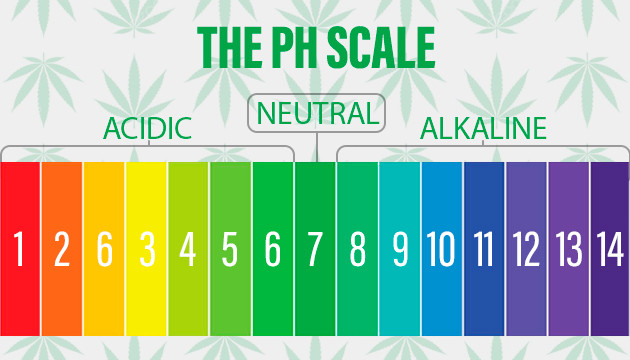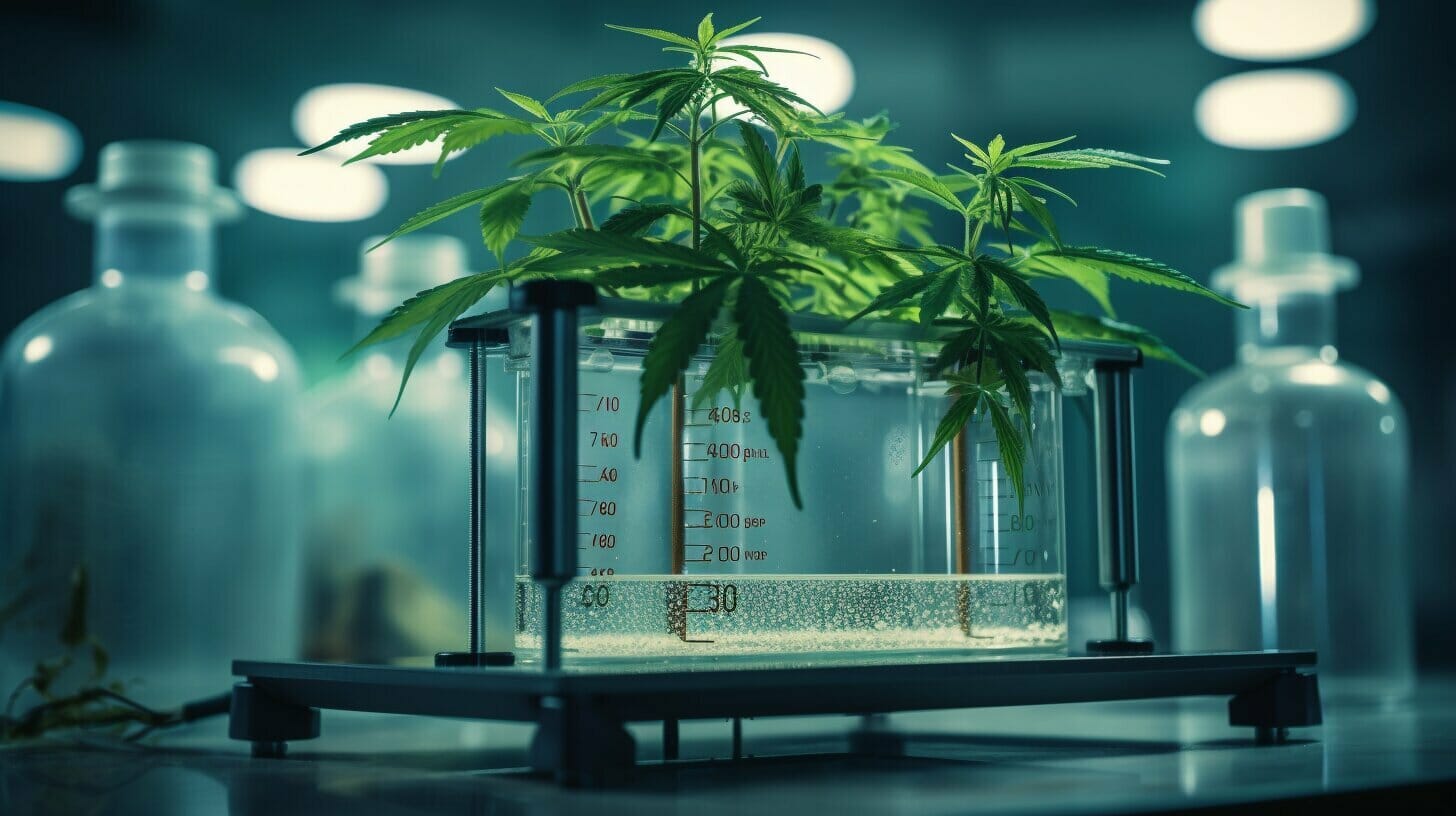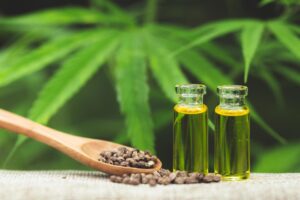The cultivation of cannabis is both an art and a science, requiring careful attention to numerous factors, one of the most important being pH. pH understanding is crucial for growers seeking healthy, productive plants. When the pH level is off balance, cannabis plants experience negative effects that can stunt growth, reduce yields, and cause nutrient deficiencies. This article explores the science behind pH, its role in cannabis cultivation, and the significant effects it has on plant health and productivity.
What is pH and Why is It Important?
pH, which stands for potential of hydrogen, is a measurement of how acidic or alkaline a solution is. The scale ranges from 0 to 14, with 7 being neutral. Values below 7 are acidic, while values above 7 are alkaline. Understanding pH is essential in agriculture, particularly in cannabis cultivation, because it affects nutrient availability and microbial activity in the soil or growing medium.
Cannabis plants thrive in a specific pH range that allows them to absorb nutrients efficiently. If the pH strays too far from this range, nutrient uptake is hindered, leading to deficiencies and poor plant health. This is why growers must monitor and adjust pH levels consistently throughout the growth cycle.
Ideal pH Range for Cannabis Growth
The ideal pH for cannabis plants depends on the growing medium. For soil-based cultivation, cannabis thrives in a pH range of 6.0 to 7.0, while hydroponic or soilless setups require a slightly more acidic range of 5.5 to 6.5. Keeping the pH within these ranges ensures that the roots can effectively absorb essential nutrients such as nitrogen (N), phosphorus (P), and potassium (K), along with secondary and micronutrients like calcium, magnesium, and iron.
When pH levels deviate from these optimal ranges, cannabis plants experience significant effects that can impact overall yield and potency. Understanding these effects can help growers make necessary adjustments to maintain healthy plants.
pH Effects on Cannabis Plants
Nutrient Availability
One of the most significant cannabis plants effects caused by improper pH is nutrient lockout, a condition where the plant cannot absorb essential nutrients despite their presence in the soil or water. For example:
- Iron and manganese become less available at a pH above 6.5.
- Phosphorus is less soluble in highly acidic or alkaline environments.
- Calcium and magnesium are harder to absorb if the pH is too low.
Without proper nutrient absorption, cannabis plants exhibit deficiencies that can result in poor growth, weak stems, and discolored leaves.
Growth and Yield Reduction
Incorrect pH levels stress the plant, reducing its ability to grow efficiently. In soil that is too acidic (below 5.5), root development is hindered, making it difficult for the plant to uptake water and nutrients. Conversely, if the soil is too alkaline (above 7.5), crucial nutrients become insoluble, limiting their availability to the plant. The result is reduced yields, smaller buds, and lower cannabinoid production.
pH and Microbial Activity
The pH effects on cannabis extend beyond nutrient absorption. The microbial life in the soil also plays a crucial role in plant health. Beneficial bacteria and fungi help break down organic matter and release nutrients that cannabis roots can absorb. However, if the pH is too acidic or too alkaline, microbial activity declines, leading to poor soil quality and reduced nutrient cycling.
Common pH-Related Issues in Cannabis Plants
Cannabis plants exhibit several symptoms when pH levels are not optimal. Some of the most common signs include:
- Yellowing Leaves (Chlorosis): A sign of nitrogen or iron deficiency due to incorrect pH.
- Purple or Red Stems: Indication of phosphorus lockout caused by pH imbalance.
- Stunted Growth: Result of poor nutrient uptake and root damage.
- Leaf Curling and Burn: A symptom of calcium or magnesium deficiency often linked to improper pH.
By monitoring and adjusting pH regularly, growers can prevent these issues and maintain healthy, thriving cannabis plants.
How to Measure and Adjust pH Levels
Measuring pH
Accurate pH measurement is essential for maintaining proper plant health. Growers can measure pH using:
- pH Test Strips: Affordable but less precise than digital methods.
- Liquid pH Test Kits: Provide a visual color comparison for pH determination.
- Digital pH Meters: Offer the most accurate and consistent readings.
For best results, growers should measure the pH of both the water and nutrient solution before feeding the plants, as well as the runoff water to assess the growing medium’s pH balance.

Adjusting pH
If the pH is too high (alkaline), growers can lower it using:
- pH Down Solutions: Typically made from phosphoric acid or citric acid.
- Organic Amendments: Such as peat moss, compost, or vinegar.
If the pH is too low (acidic), growers can raise it using:
- pH Up Solutions: Usually containing potassium hydroxide or lime.
- Dolomite Lime or Wood Ash: Natural ways to increase pH in soil.
Regular monitoring and gradual adjustments help prevent sudden pH swings that could shock the plant’s system.
Best Practices for Managing pH in Cannabis Cultivation
To maintain optimal pH conditions and ensure the best growth and yield potential, growers should follow these best practices:
- Test pH regularly to catch imbalances before they cause harm.
- Use pH-stable nutrients to prevent drastic fluctuations.
- Flush plants periodically to remove built-up salts that affect pH levels.
- Choose the right growing medium based on the pH needs of cannabis.
- Monitor water quality, as tap water can contain minerals that affect pH balance.
Conclusion
Understanding pH is fundamental to growing healthy cannabis plants. The pH effects on cannabis are profound, impacting everything from nutrient availability to microbial activity and overall plant health. By maintaining pH within the optimal range and regularly monitoring levels, growers can prevent common issues such as nutrient lockout, stunted growth, and poor yields. Whether cultivating in soil or hydroponically, a well-balanced pH is the key to maximizing the potential of cannabis plants. With proper pH management, cultivators can achieve stronger, healthier plants and higher-quality harvests.
At NanoHempTechLabs, we understand the crucial role pH balance plays in maximizing cannabis yield and potency. Our cutting-edge wholesale products are designed to maintain the perfect pH levels, preventing nutrient lockout and ensuring healthier, more productive plants. Whether you grow in soil or hydroponically, our pH-stable solutions enhance nutrient absorption and microbial activity for superior results. Partner with us today to elevate your cultivation success.
Schedule a call with our experts now and discover how NanoHempTechLabs can optimize your growing operation!
Reference:
- (2022). Overlooked influence of indian hemp (cannabis sativa) cultivation on soil physicochemical fertility of humid tropical agroecosystems: upland soils. IJE. https://doi.org/10.55362/ije/2022/3676
- Kalinowski, J., Edmisten, K., Davis, J., McGinnis, M., Hicks, K., Cockson, P., … & Whipker, B. (2020). Augmenting nutrient acquisition ranges of greenhouse grown cbd (cannabidiol) hemp (cannabis sativa) cultivars. Horticulturae, 6(4), 98. https://doi.org/10.3390/horticulturae6040098
- Vujanovic, V., Korber, D., Vujanovic, S., Vujanovic, J., & Jabaji, S. (2020). Scientific prospects for cannabis-microbiome research to ensure quality and safety of products. Microorganisms, 8(2), 290. https://doi.org/10.3390/microorganisms8020290





